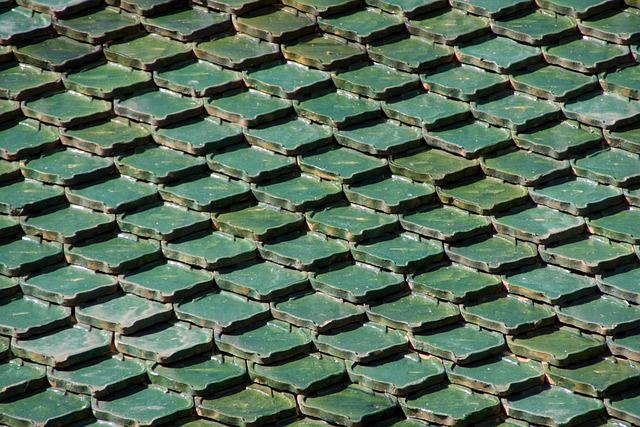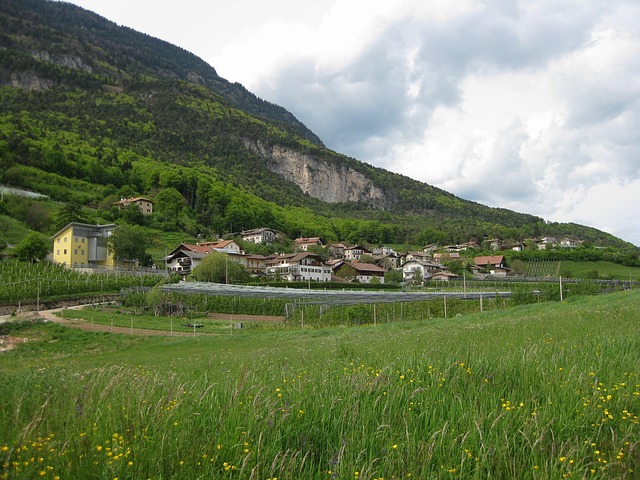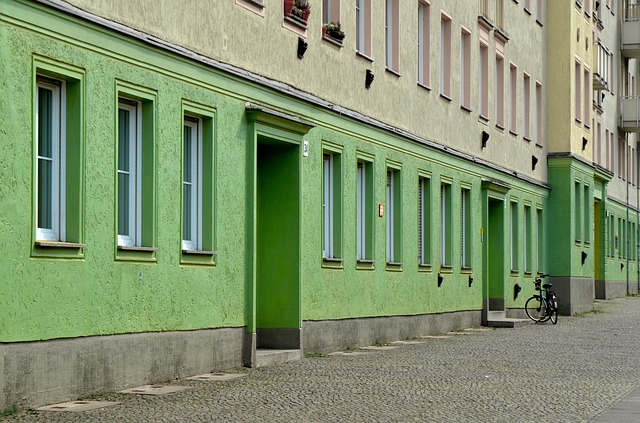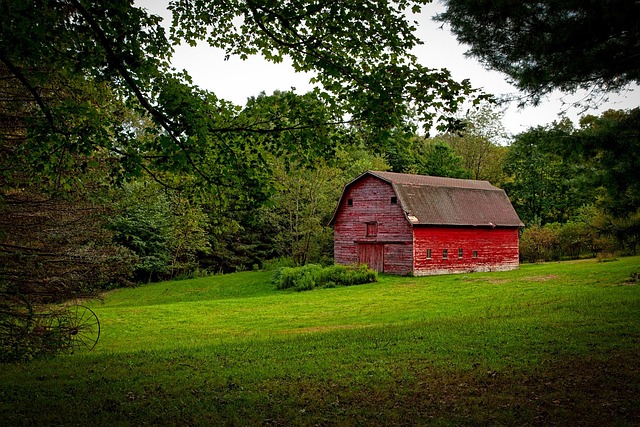The real estate industry is embracing sustainable construction practices, using eco-friendly materials like bamboo, wood, and recycled steel to reduce carbon emissions and promote energy efficiency. Passive design techniques, such as strategic orientation, natural ventilation, and daylight harvesting, further enhance energy savings. This trend benefits the environment, reduces energy bills, and offers aesthetically pleasing designs, driven by consumer awareness and supported by innovative projects in both residential and commercial sectors. Retrofitting existing properties with passive heating/cooling features like double-glazed windows and programmable thermostats also contributes to a greener real estate sector.
In the global push towards sustainability, real estate is undergoing a transformative journey to reduce its carbon footprint. This article explores innovative solutions that are revolutionizing the industry. From eco-friendly building materials and design techniques, such as passive solar heating and green roofs, to smart technology integration for energy conservation and sustainable energy sources like solar and wind power, these strategies offer compelling paths to greener properties. Discover how real estate is navigating towards a more sustainable future.
Innovative Building Materials and Design Techniques

In the realm of real estate, innovative building materials and design techniques are leading the charge in energy-efficient solutions. Architects and builders are increasingly incorporating sustainable alternatives to conventional materials, which not only reduce carbon footprints but also enhance structural efficiency and indoor comfort. For instance, the use of lightweight, recycled, or natural materials like bamboo, wood, and straw bales can significantly lower energy consumption associated with construction and heating/cooling systems.
Additionally, passive design strategies such as strategic orientation, natural ventilation, and daylight harvesting are being embraced to create eco-friendly structures. These techniques optimize the use of renewable resources, minimizing the need for artificial lighting and HVAC systems. As a result, buildings designed with these principles in mind can achieve remarkable energy savings while contributing to a greener environment, setting new standards in sustainable real estate development.
– Exploring eco-friendly alternatives to traditional construction materials.

In the pursuit of shrinking carbon footprints, the real estate industry is witnessing a paradigm shift towards eco-friendly construction practices. Traditional materials often contribute significantly to greenhouse gas emissions, prompting architects and builders to explore sustainable alternatives. For instance, replacing concrete with recycled steel or natural fibers can dramatically reduce embodied energy and carbon dioxide emissions. This trend not only benefits the environment but also offers aesthetically pleasing options, such as bamboo or reclaimed wood, which are gaining popularity for their durability and unique characteristics.
The real estate sector’s move towards green building materials is a crucial step in mitigating climate change. These alternatives not only lessen the environmental impact during construction but also contribute to energy-efficient buildings. As awareness grows among consumers, developers, and investors, we can anticipate more innovative, eco-conscious projects that seamlessly blend functionality with sustainability in both residential and commercial real estate spaces.
– Strategies for passive solar heating and cooling in real estate.

Incorporating energy-efficient strategies, such as passive solar heating and cooling, into real estate practices significantly reduces carbon footprints. Architects and developers can design buildings that maximize natural light and heat during winter, minimizing the need for artificial heating. Proper insulation, south-facing windows, and thermal masses like concrete or brick walls help capture and store solar heat, ensuring comfortable indoor temperatures without excessive energy consumption. Similarly, strategic window placement and overhangs can provide shade in summer, reducing cooling loads.
For existing real estate properties, retrofitting measures can be taken to enhance passive heating and cooling efficiency. This includes installing double-glazed windows, adding insulation in attics and walls, and incorporating programmable thermostats to control heating and cooling systems more effectively. These steps not only decrease energy bills but also contribute to a greener, more sustainable built environment in the real estate sector.






